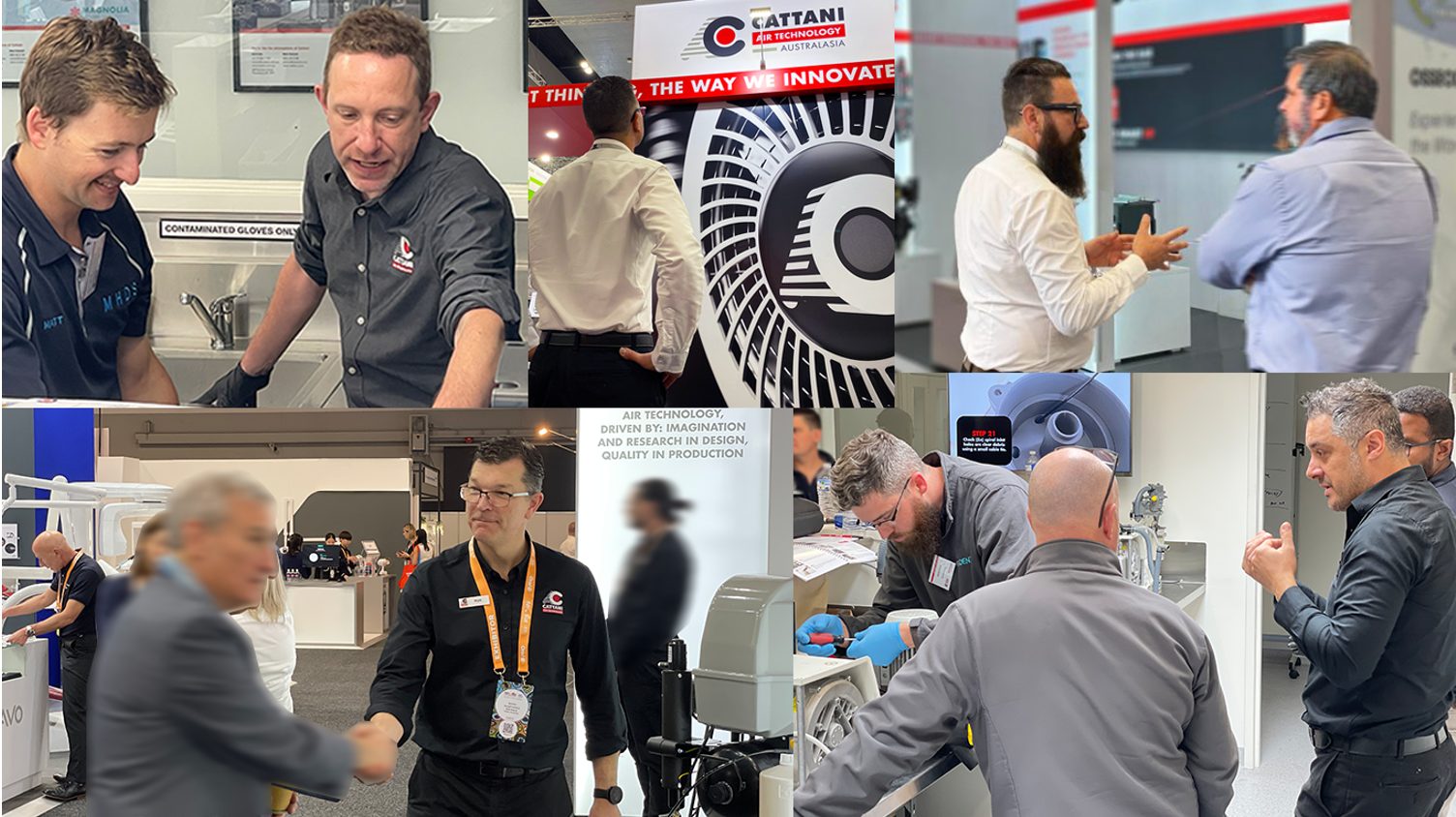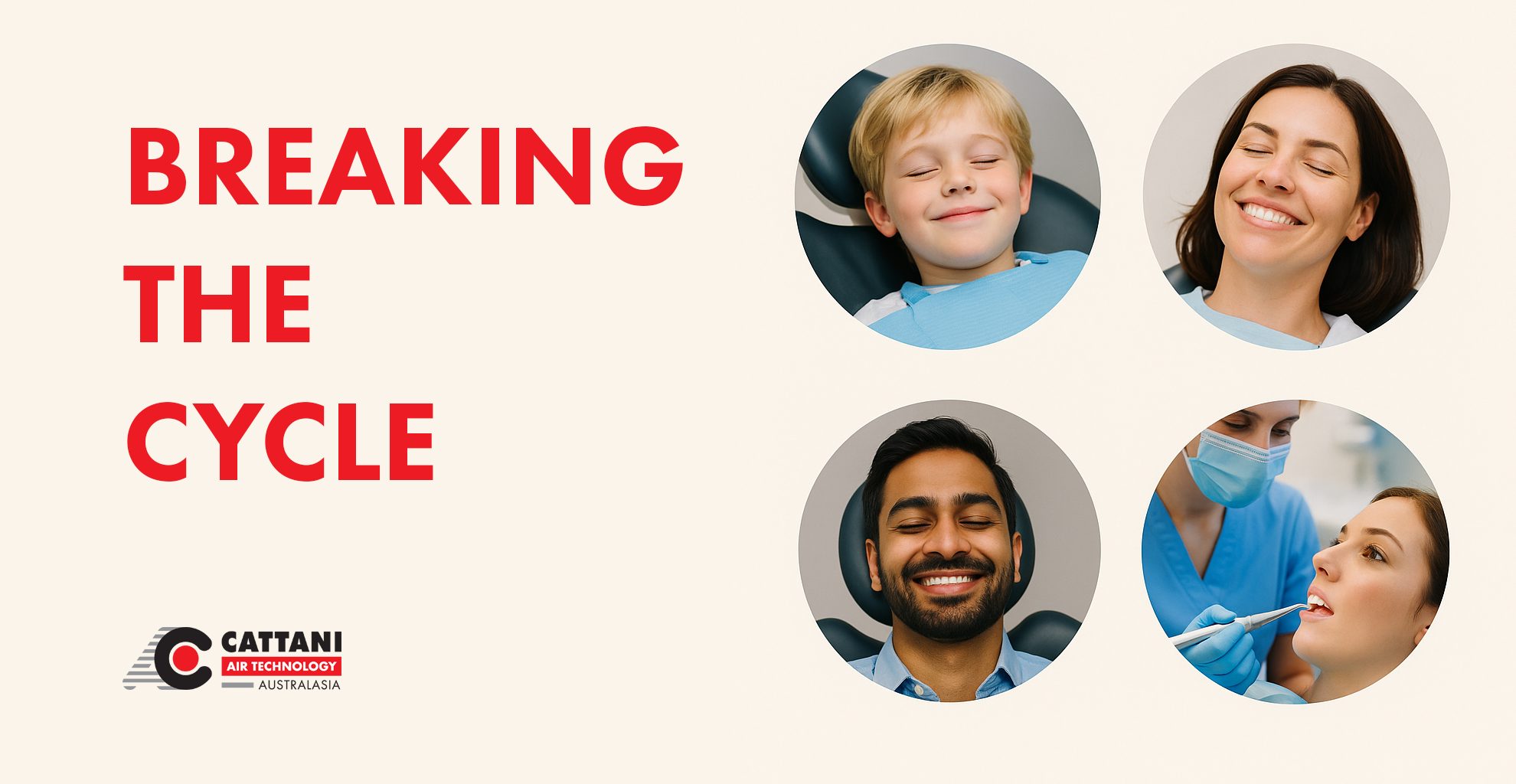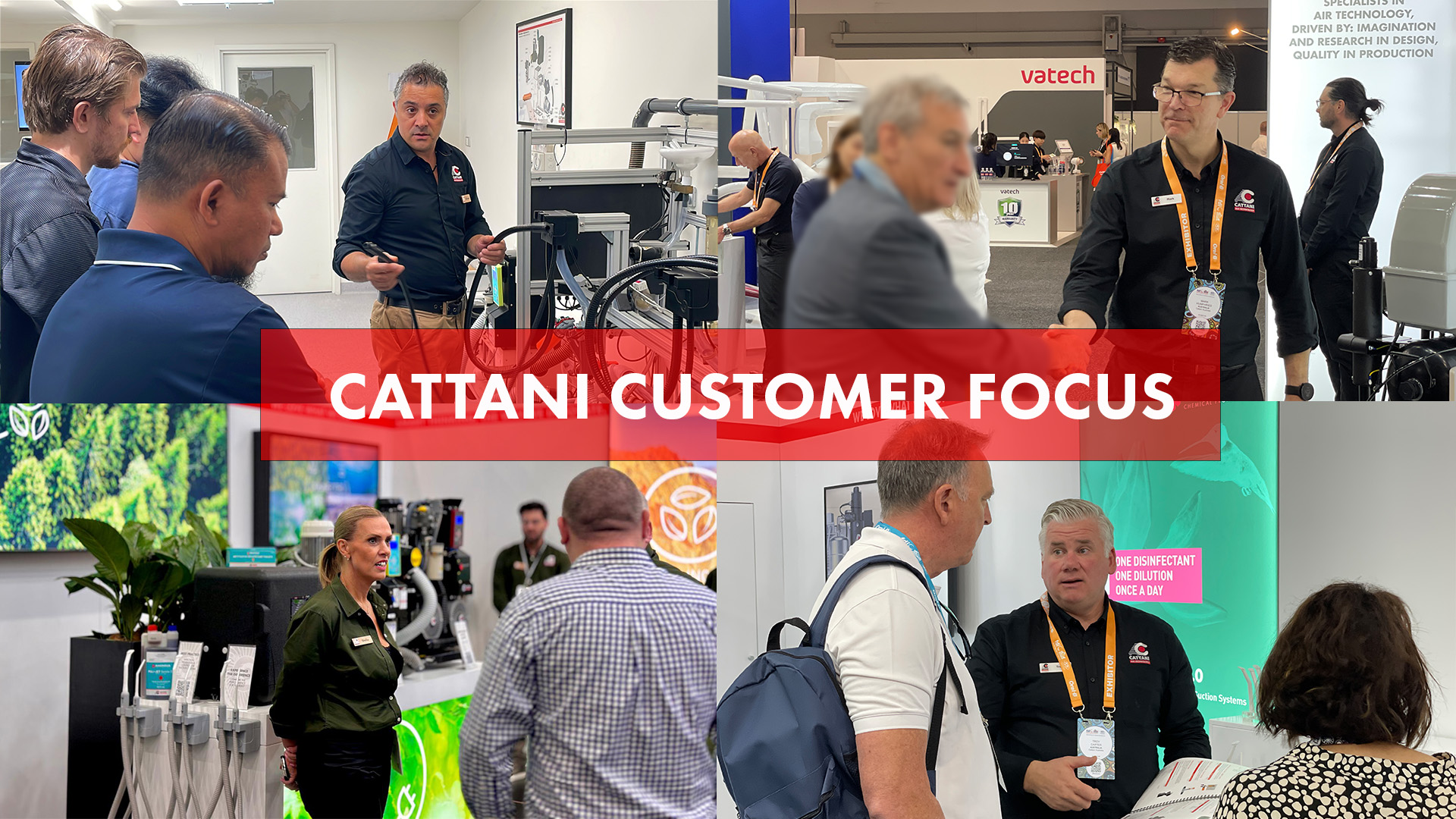Amalgam Retention | Compliance, Care, and Continuous Performance
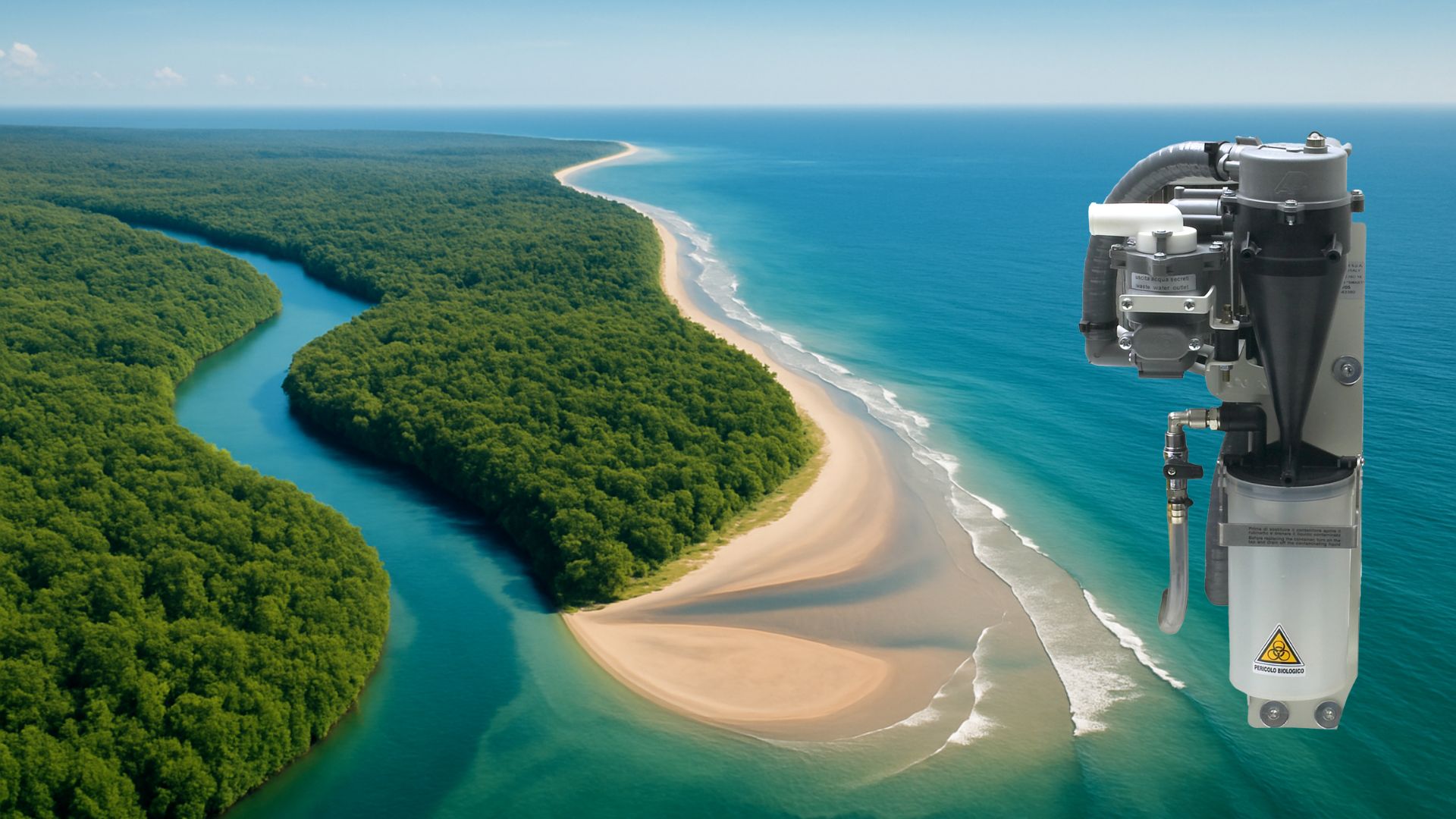
Protecting Performance and the Environment
Dental suction systems do more than support daily operations. When designed well, they protect staff, patients, and the environment. Amalgam retention plays a vital role in this, capturing mercury-bearing waste before it reaches waterways. With the Minamata Convention on Mercury now ratified in Australia, the focus on compliant separation and recycling has never been stronger.
ISO Standard and Compliance
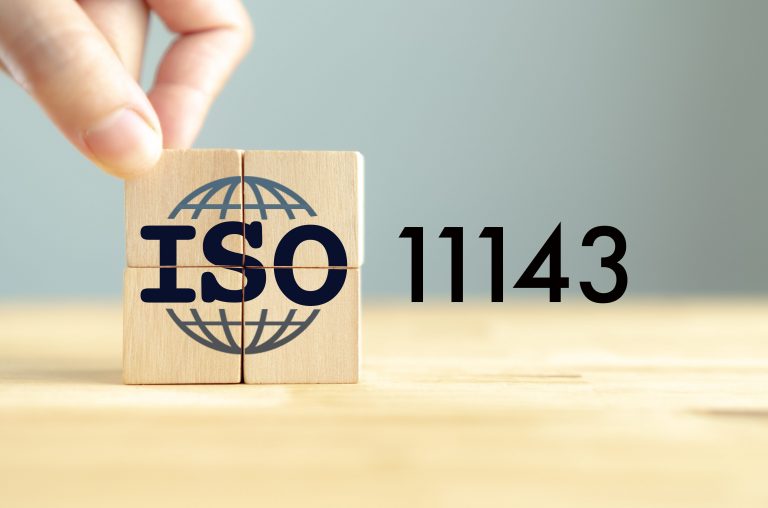
Amalgam separators must comply with ISO 11143, the international benchmark for amalgam retention efficiency.
- Systems must achieve at least 95% separation efficiency under test conditions.
- Cattani Hydrocyclone technology not only meets but exceeds this requirement at 98%+ when installed and maintained correctly.
- Compliance depends on correct installation, routine inspection, and timely cup replacement.
Efficiency Through Hydrocyclone Technology
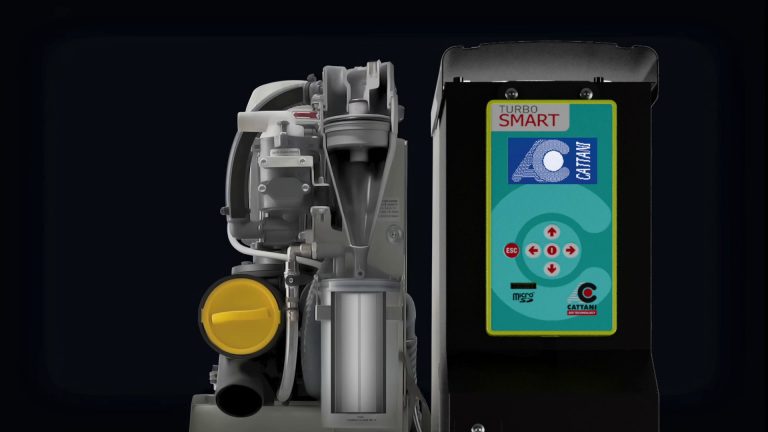
Cattani Hydrocyclone uses centrifugal force to separate amalgam particles from wastewater without filters or moving parts. The simplicity of this design delivers:
- Reliable, long-term separation with minimal maintenance.
- Stable suction performance by reducing downstream blockages.
- No consumables other than the collection cup, which simplifies service and lowers cost.
Ease of Retrofit
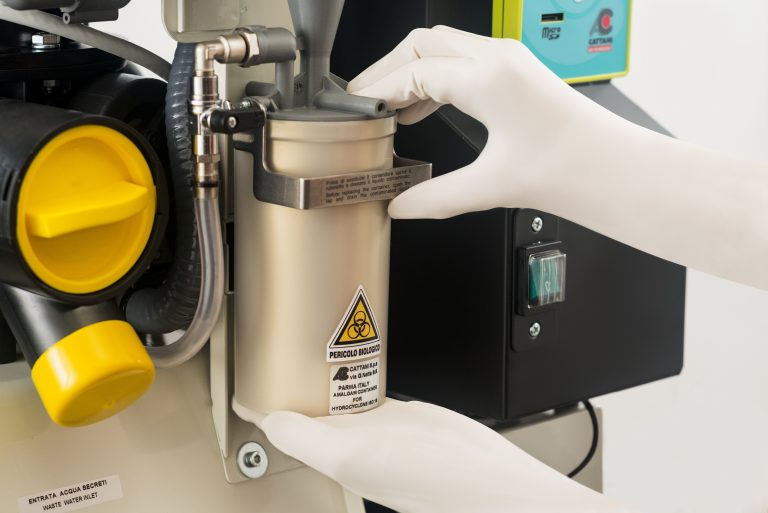
Cattani Hydrocyclone is designed for seamless integration into new or existing suction systems.
- Simple installation: Connects directly into the suction line before waste discharge.
- Compact footprint: Easily retrofitted without increasing the footprint of the suction system.
- Quick commissioning: Requires only flow verification and leak checks.
For retrofits, a short downtime window allows installation without impacting daily operations.
Ratification of the Minamata Convention in Australia

Australia’s ratification of the Minamata Convention on Mercury reinforces the national commitment to responsible mercury management. For dental clinics, this means maintaining effective amalgam separation and using approved recycling partners.
By operating within ISO 11143 guidelines and following local waste-handling regulations, dental professionals contribute directly to the environmental goals of the Convention.
Amalgam Recycling Through Ecocycle
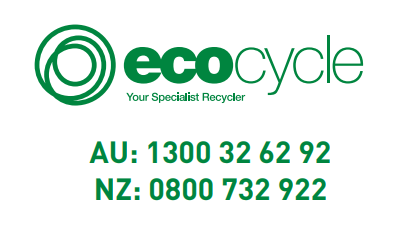
Amalgam waste from your suction system is collected in a removable amalgam container (also referred to as a cup). Ecocycle is Cattani’s authorised amalgam recycling partner across Australia and New Zealand.
- In Australia, Ecocycle continues to handle collection and recycling through its Campbellfield, Victoria facility.
- In New Zealand, Ecocycle now manages all orders and recycling directly from its Auckland office and warehouse (opened March 2025). The toll-free number 0800 732 922 and contact ian.crawford@ecocycle.com.au.
- A new Christchurch site will further enhance service for the South Island.
To prevent downtime, always keep a spare amalgam cup on site. When one reaches 100% full, replace it and reorder immediately.
Understanding the 95% and 100% Alarms
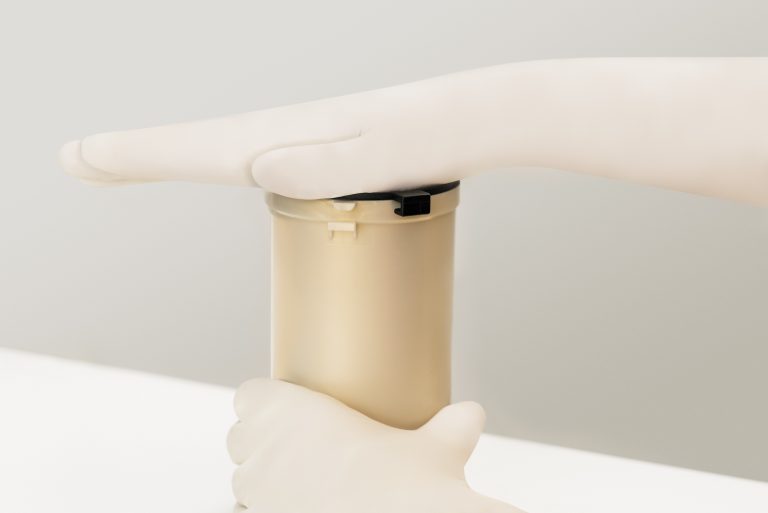
Your SMART suction system is equipped with level detection to indicate when the amalgam cup is nearing capacity.
- 95% alarm: plan your changeover and confirm a spare cup is available.
- 100% alarm: replace immediately to maintain suction performance and compliance.
- Weekly check: as part of your suction system routine, check the screen or remote display for any full-cup notifications. Logging these readings helps track maintenance patterns.
Safe Replacement: Protecting The Sensor
Your amalgam container should be replaced by an authorised Cattani service technician as part of the After Care annual maintenance. When replacing the amalgam cup:
- Wear PPE: gloves, eyewear, and apron.
- Isolate suction: stop operation and allow liquid to settle.
- Remove carefully: lower the cup slowly to avoid spilling liquid.
- Protect the sensor: avoid direct contact with liquid. If splashed, wipe the sensor gently with a lint-free cloth.
- Seal the used cup: cap and store it securely for collection by Ecocycle.
- Fit the new cup: check O-rings, install firmly, and ensure no leaks.
- Reset and record: clear the alarm and log the change date.
Key Takeaways
| Area | Recommendation |
| ISO standard | Minimum 95% efficiency under ISO 11143 |
| Alarm actions | 95% plan to change, 100% replace immediately |
| Recycling partner | Ecocycle Australia & New Zealand |
| Best practice | Always keep a spare cup on site |
| Safe handling | Avoid splashing and sensor contact during cup changes |
| Routine | Check keypad screen weekly and log any alarms |
Contact Details
Ecocycle Australia
5–11 Reo Crescent, Campbellfield, VIC 3061
Phone: +61 3 9308 9415
Website: www.ecocycle.com.au
Ecocycle New Zealand (Auckland Office)
Toll-free: 0800 732 922
Email: ian.crawford@ecocycle.com.au
OTHER STORIES


